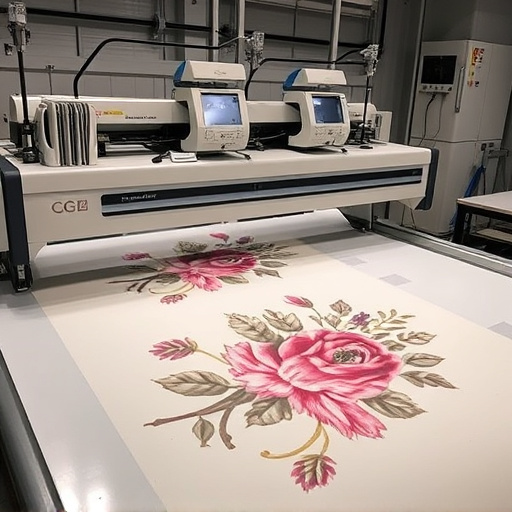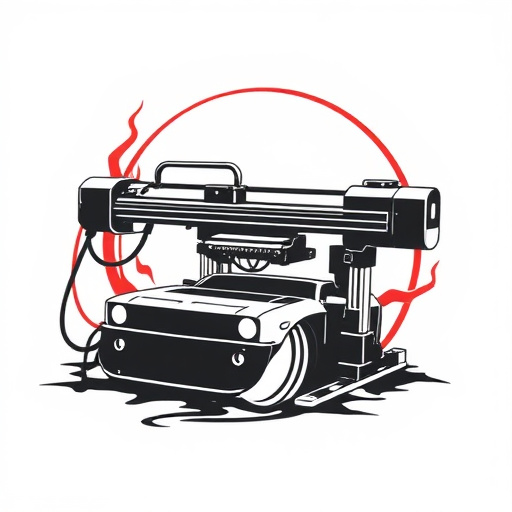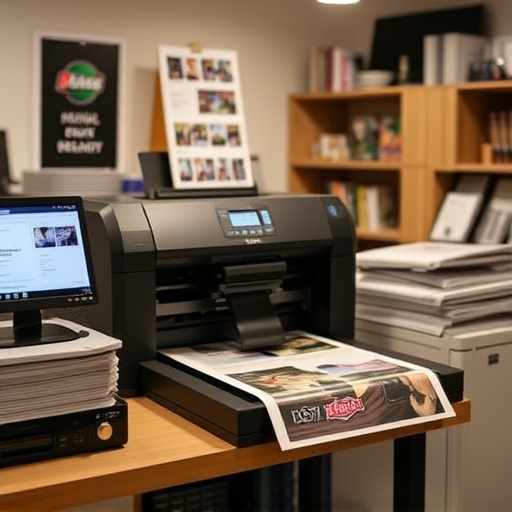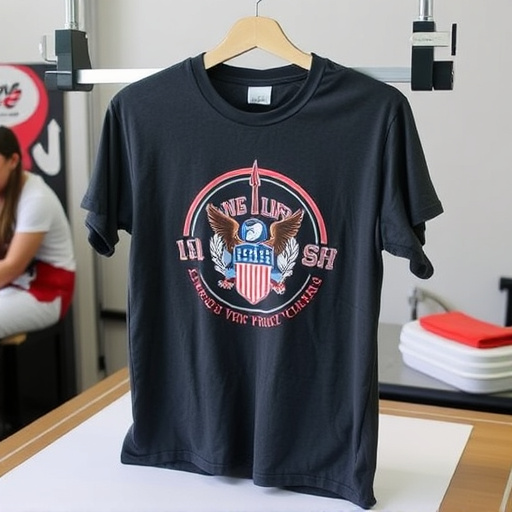Understanding DTF durability is vital for apparel longevity. High-quality inks, precise printing, and suitable care prevent design fading or smudging. Fabric choices like polyester blends and cotton enhance durability. Proper storage, moderate heat pressing, and light fabrics improve ink adhesion. Pre-treatment and specialized formulas further safeguard DTF prints against wash damage, ensuring long-lasting logo appeal for brands.
“Dive into the world of DTF durability—a comprehensive guide designed for complete beginners. This article unravels the fundamentals of DTF (Direct to Film) durability, demystifying key factors that influence its longevity. From material science insights to practical tips, you’ll discover how to maximize the lifespan of your DTF applications. Whether you’re a novice or looking to enhance your knowledge, this guide offers valuable insights into achieving superior DTF durability.”
- Understanding DTF Durability: The Basics Unveiled
- Key Factors Affecting DTF Material Longevity
- Practical Tips for Ensuring Optimal DTF Lifespan
Understanding DTF Durability: The Basics Unveiled

Understanding DTF Durability: The Basics Unveiled
DTF durability is a cornerstone in the world of direct-to-fabric (DTF) printing, especially for apparel. It refers to the longevity and quality of the printed design after it has been applied to a fabric surface using a DTF printer. This involves several critical factors such as ink composition, printing technique, and post-printing treatments that collectively determine how well the design withstands wear and tear over time. For example, high-quality inks formulated specifically for DTf printing on hoodies ensure better adhesion to fabrics, resulting in vibrant colors and a durable finish.
In terms of DTF for apparel, proper care and handling of printed items are essential to maintain durability. This includes washing instructions, heat application (if any), and avoiding aggressive cleaning methods that could damage the ink or fabric. A DTF printer plays a vital role here by enabling precise, detailed printing, ensuring that intricate designs and fine lines remain intact even after repeated wash cycles.
Key Factors Affecting DTF Material Longevity
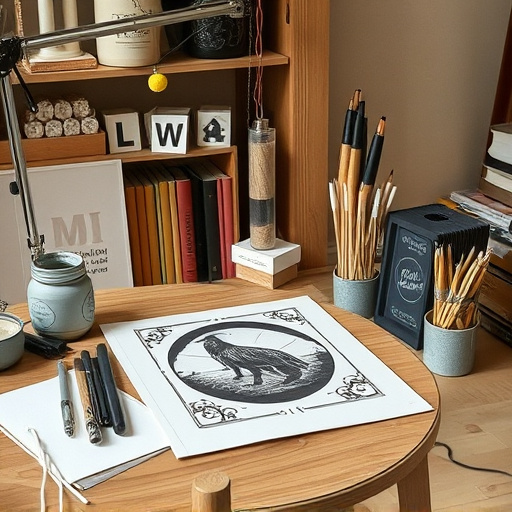
Several key factors significantly influence the DTF (Direct to Fabric) durability of materials used in clothing brands and custom printing. One of the primary considerations is the quality of the fabric itself—using durable, high-thread-count fabrics like polyester or cotton blends ensures a more extended lifespan for the final product. The printing method is another critical aspect; precise and detailed DTF printing for t-shirts using advanced techniques can enhance longevity by ensuring even ink distribution and preventing fading or smudging.
Additionally, the care and maintenance routine play a pivotal role in maintaining DTF durability. Proper washing instructions, including using cold water and non-chlorine bleach, significantly prolongs the life of printed garments. Heat pressing custom sheets onto garments is an effective way to permanently fix designs, making them resistant to wash-off or peeling over time. In summary, brands and designers should focus on fabric quality, meticulous printing techniques, and suitable care practices to guarantee the long-lasting appeal of their logos DFT for clothing brands.
Practical Tips for Ensuring Optimal DTF Lifespan
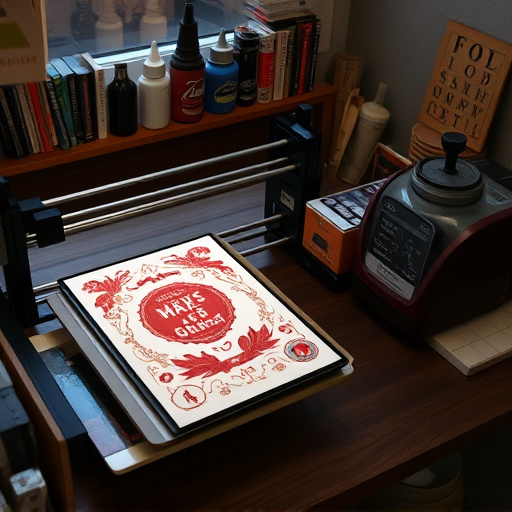
To maximize the lifespan of your DTF (Direct to Fabric) prints, a few practical tips can make a significant difference. First, ensure proper storage conditions for your DTF transfers; keep them in a cool, dry place away from direct sunlight. This prevents the ink from fading or becoming brittle over time. When applying transfers, use moderate pressure and heat; excessive force or high temperatures can cause the ink to crack or peel prematurely, especially on dark fabrics. For best results with cold peel dtf transfers, consider using a low-heat press or even hand application for delicate materials.
Additionally, the choice of fabric plays a crucial role in DTF durability. Lighter fabrics like cotton allow the ink to adhere better and last longer compared to darker materials. When printing for dtf printing for light fabrics, you can achieve excellent longevity with proper care. Conversely, for dtf printing for dark fabrics, consider using pre-treatment or specialist ink formulations designed to bond stronger with absorbent surfaces, ensuring your designs withstand regular wear and washing.
DTF durability is a key consideration for anyone looking to make long-lasting and reliable products. By understanding the basic principles, recognizing the factors that impact material longevity, and implementing practical tips for optimal care, you can ensure your DTF materials stand the test of time. Investing in high-quality materials and regular maintenance will significantly enhance their lifespan, making them a reliable choice for various applications. Remember, prioritizing DTF durability is not just about extending product life; it’s also about ensuring environmental sustainability and reducing waste, ultimately contributing to a greener future.
